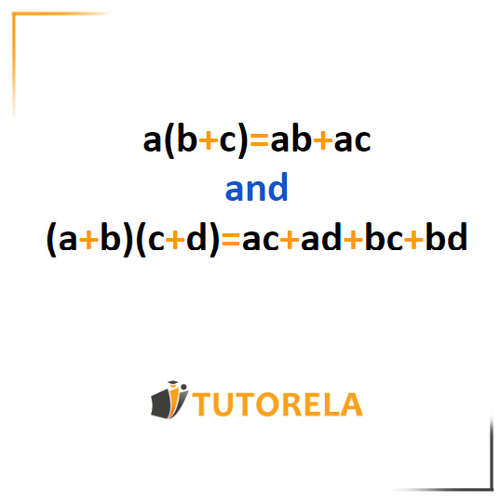What is the distributive property?
The distributive property is a rule in mathematics that says that multiplying a number by the sum of two or more numbers will give us the same result as multiplying that number by the two numbers separately and then adding them together.
For example, 4x4 will give us the same result as (4x2) + (4x2).
How does this help us? Well, it allows us to distribute, or to split up a number into two or more smaller numbers that are easier to work with. When we're working with large numbers, or expressions with variables, the distributive property can save us time and a headache!
